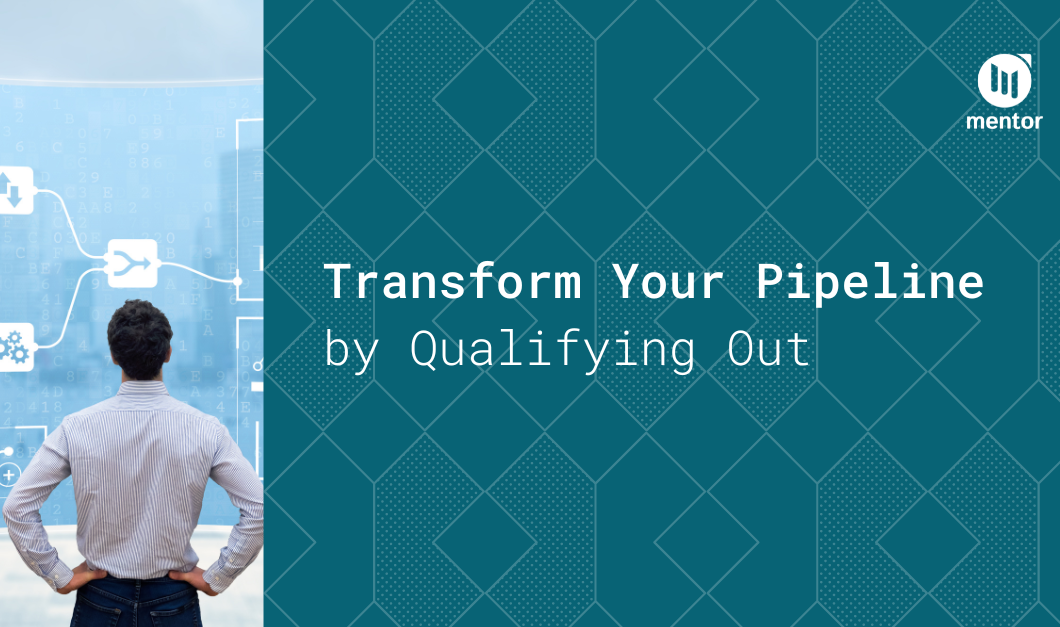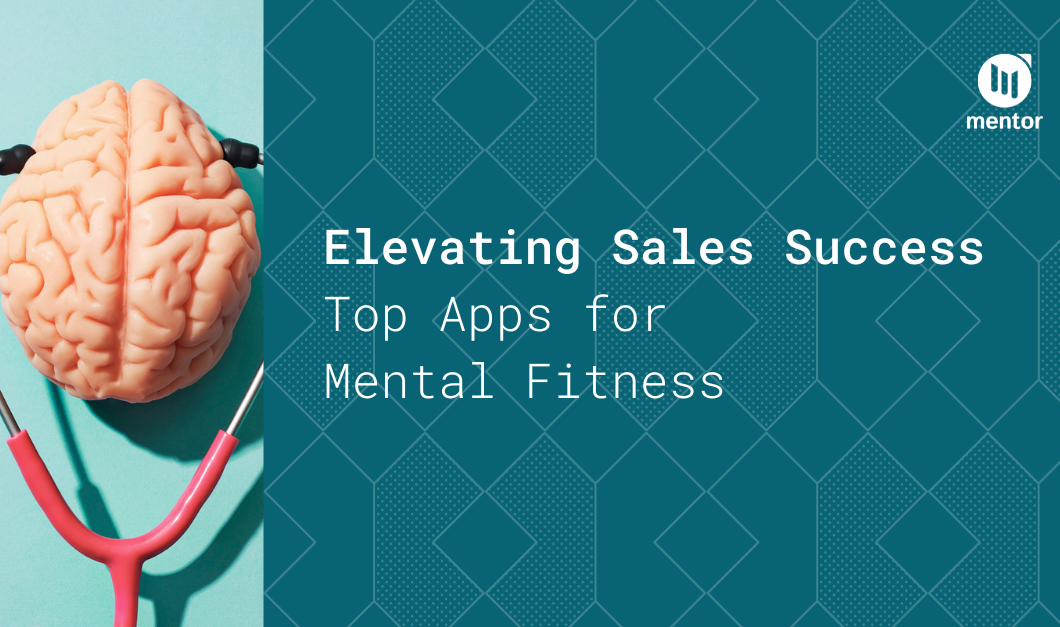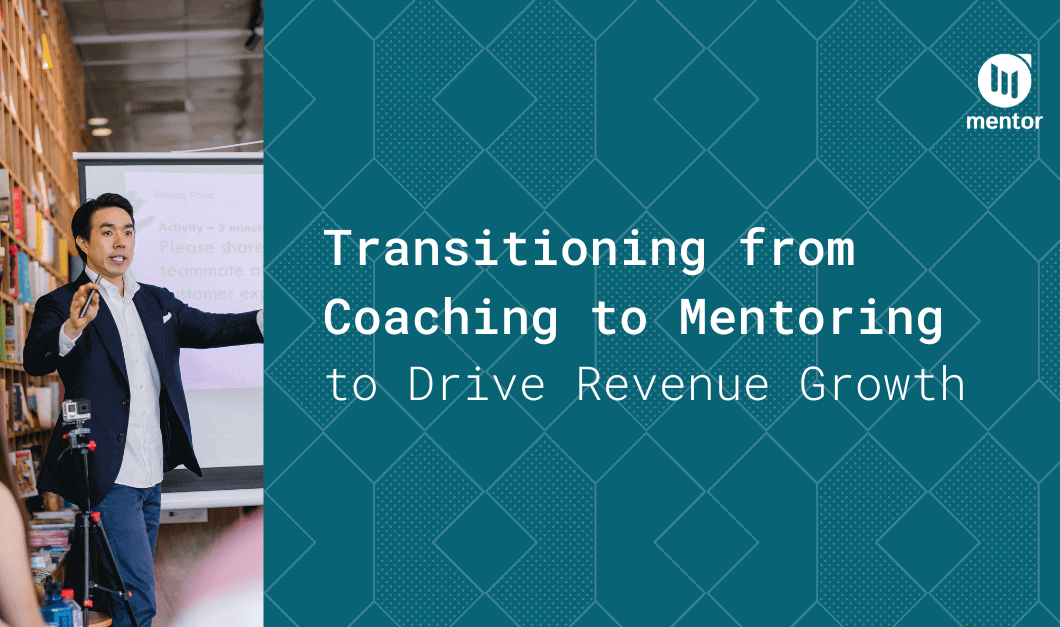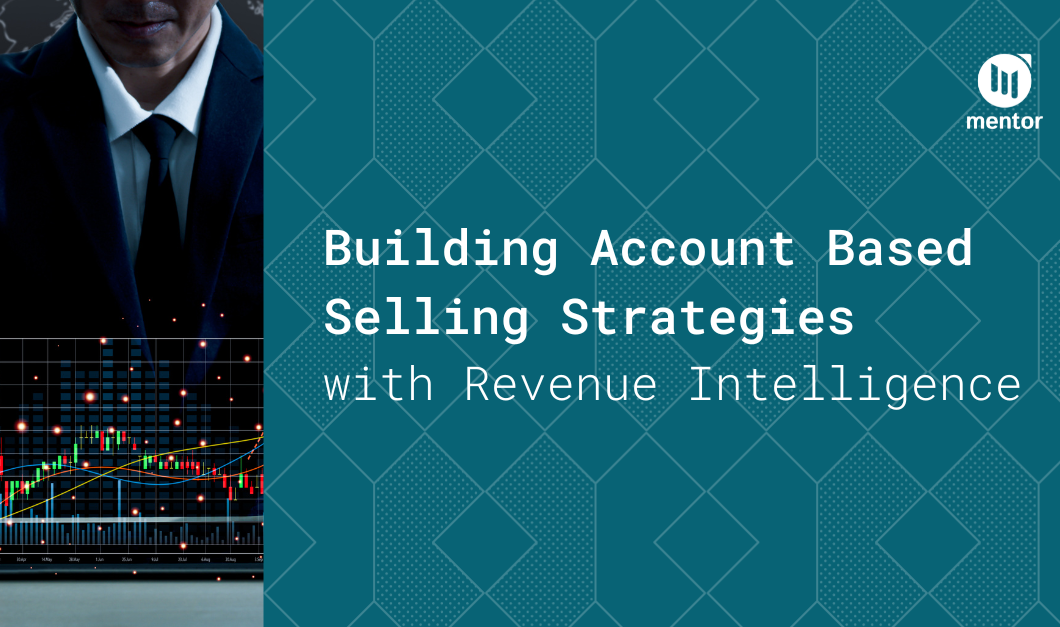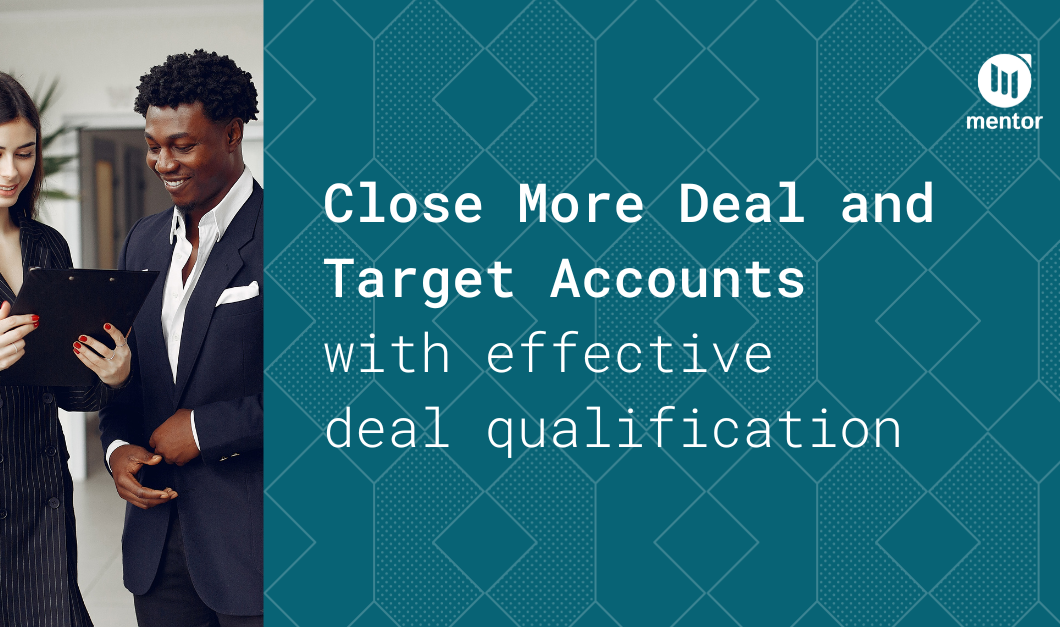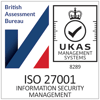In today’s highly competitive business landscape, there’s much need for selling methodologies to evolve. Customer expectations are constantly fluctuating, so the way sellers approach buyer relationships needs to massively adapt to respond to this challenge.
A persuasive pitch and simple follow up is no longer enough to secure a deal. Companies must take a holistic approach which focuses on fostering relationships, aligns with the buyer’s journey, and drives value at each stage for both parties.
That’s why we knew that we needed to look at a different approach that was focused on the buyer and seller in equal measure. We didn’t want a self-serving methodology which only focuses on our needs as sellers, but also took the buyer’s needs into account as well.
That’s how the INFINITE methodology was born.
We originally chose the word infinite when we were thinking about this project because it very clearly articulated the flow between the Buyer and the Seller, the relationship between marketing and Sales, and it spoke of growth. As much as we liked it, it did make it a challenge to come up with a suitable acronym for a methodology, but as it happens, it worked out quite well.
The intention is to give you something you can remember and apply to every opportunity to help you understand if you have a real opportunity or need to move on.
What is the INFINITE methodology?
There are eight components to the INFINITE methodology: interest, need, friction, intent, navigate, inspire, time, and execute. Let’s take a quick look at each one in more detail.
Interest
Whether trying to attract a partner, establish yourself amongst your peers or looking for Buyers, the greatest question is, how can we generate interest? This interest can manifest in various ways, such as actively seeking information about the product or service, asking questions, reading reviews, comparing alternatives, or engaging in discussions with others who have experience with the offering.
Understanding Interest will help you know where to go to generate interest and then how to measure how interested the Buyer is.
It should be obvious, but you will be surprised just how many organisations either don’t have or even thought about an engagement metric and how many don’t understand where or how to generate interest.
Need
It seems so obvious that we need to understand the Buyer's need that it seems almost unnecessary to write anything. We could probably just write ‘know the need and align’. Probably.
However, the truth is that this ever-so-obvious element is actually very poorly executed. Most businesses think about what they need to sell and not what the Buyer needs. They think about how they want to execute the solution or what they want the product to contain, with very little concern for the Buyer.
We also need to be predictive in how we analyse buyer needs; we are not going deep enough if we just think about an immediate need. The real needs of a customer, and therefore the real value the seller can add, lie in the problems that will come up 6, 12, 18 months from now that you can position yourself for with a solution ahead of time.
Friction
In any physical movement (and in our case, we are thinking about the Selling motion/journey), you have two choices to get things going. Add more fuel, or remove the friction. In most cases Sellers default to act of adding more fuel but ignore removing the friction.
Adding fuel is easy but consuming and inefficient. Removing friction can be more complicated, but the investment increases efficiency.
As an Infinite Seller, we are focused on this efficiency. We are focused on looking to remove friction rather than adding more fuel.
If we can identify where the friction might be, we should have confidence that we know the deal and we know what is holding it back. Knowing we can overcome, reduce, or mitigate that friction should give us the confidence to continue with the opportunity.
On the other hand, if the friction is too great, or we can’t change it, this could show us that we need to proceed with caution or call it a day and move on. Remember that is ALWAYS an option.
Intent
Intent refers to the underlying purpose or motivation behind their actions, words, or decisions. It involves trying to comprehend the specific goal or objective a person may have had when engaging in a particular behaviour. Understanding intent can provide us with huge insight into why people act in certain ways, helping us make sense of their behaviour and predict their future actions. As you can imagine this is pretty helpful in the Selling motion.
It's important to note, however, that determining intent is complex, as people's motivations can be influenced by a variety of factors, including their beliefs, emotions, past experiences, and situational context. It can even vary in the moment.
While it is not always possible to accurately discern someone's intent with absolute certainty, we can make educated guesses based on available information, observations, and interpersonal communication.
Navigate
The point of navigation is to know where you are going and where the Buyer will go. Then with that knowledge, adjust and adapt.
That might sound like an oversimplification, and it really can be that simple, but only if you understand the key points you are navigating to and from. To do this, you need to create a Sales Map that aligns to both your sales process and the persona you are selling to.
This alignment to the persona is critical, as each different persona will walk a slightly different path through your sales process, and you have to be agile enough to adapt on the fly, which necessitates you knowing the Sales Map inside and out to make the right adjustments at the right time.
Knowing the steps your buyer is going to walk down, but also how long each of those steps is going to take, helps you know when to add value, when to leave the seller to their own research, and both when and how to handle objections and offer solutions.
Inspire
In most books on Selling, we talk about getting the Buyer to take the next action. We teach Buyers that if we can get an agreement on the next step, it creates an agreement for them to take action. This is fine and largely a reasonable approach. But it's missing something.
Often the next actions are something the Buyer is being forced (or cajoled into).
The alternative approach is to inspire the Buyer to the next step. It may sound like a platitude or a fluffy term, but let's look at the definition of the word.
Inspiration can be defined as a powerful and stimulating force or influence that arouses creative thought, motivation, or action.
By inspiring our Buyers into an action, we are creating a highly charged, highly positive environment that drives real change and can be a huge competitive differentiator. Unless they are also Infinite Sellers, your competition is unlikely to be thinking in terms of inspiration.
From our initial prospecting through to customer success, we need to be thinking about how we inspire our Buyers to take action.
Time
Timing plays a crucial role in the context of Selling. In the world of Selling, understanding the right moment can make the difference between closing a deal and losing a potential Buyer.
The importance of timing extends beyond simply reaching out to prospects or presenting a product or service, although there is nothing more wonderful that speaking to a client who is just about to buy something else.
It encompasses the entire infinite revenue process, from lead generation to negotiation, closing and renewal.
The importance of timing in Selling cannot be overstated. From lead generation to closing deals and fostering long-term relationships, the ability to recognise and take action at the right moment can significantly impact our success.
Those of us who master the art of timing understand our Buyers needs, adjust our approach accordingly, and take the opportune moments to connect, engage, and close deals.
Execute
In our business, we sell revenue transformation, and we are pretty good at it.
It can often be complex, but we know how to inspire our Buyers to take the leap to address their revenue transformation challenges, but it wasn’t always that way.
We discovered that the Buyers were happy with the solutions we offered and happy with us as a credible provider but were not clear on how we would execute on the delivery.
So we had to fix that and start to ensure that when a Buyer engaged with us, they knew exactly how we would execute this.
Most retail organisations now give you the ability to track a package, that’s table stakes, but they leave the experience of understanding the next steps to the courier, and here in the UK, couriers could do better. Why would you delegate that responsibility which is so critical to the experience, to the people with the lowest ranking customer ratings?
The message here is that we need to be as mindful and intentional about building out an execution plan as we are about ensuring we demonstrate value. We need to make sure every stakeholder knows what happens when they buy.
Applying the INFINITE Methodology
The methodology can and should be applied to every manner of Sales and also to the context of partners and channels where appropriate. The context may change, but the core principles work regardless.
We need to scale, but we scale today through technology, which means we can avoid vapid transactional mindsets that don’t require us to think, but simply follow the battle card. It allows us to respect our Buyers enough to have their best interests at heart and ours too, as we work together in partnership.
Embracing the INFINITE methodology and mindset will require a paradigm shift and that not everyone will agree or be willing to make the necessary changes and sacrifices. That’s totally fine, you do you. Haters will hate. And the world will continue to spin.
For those of us who dare, though, there’s another level of revenue success, personal satisfaction, and joy that can be found in the noblest of professional Selling.
Remember, context is everything. EVERYTHING.

